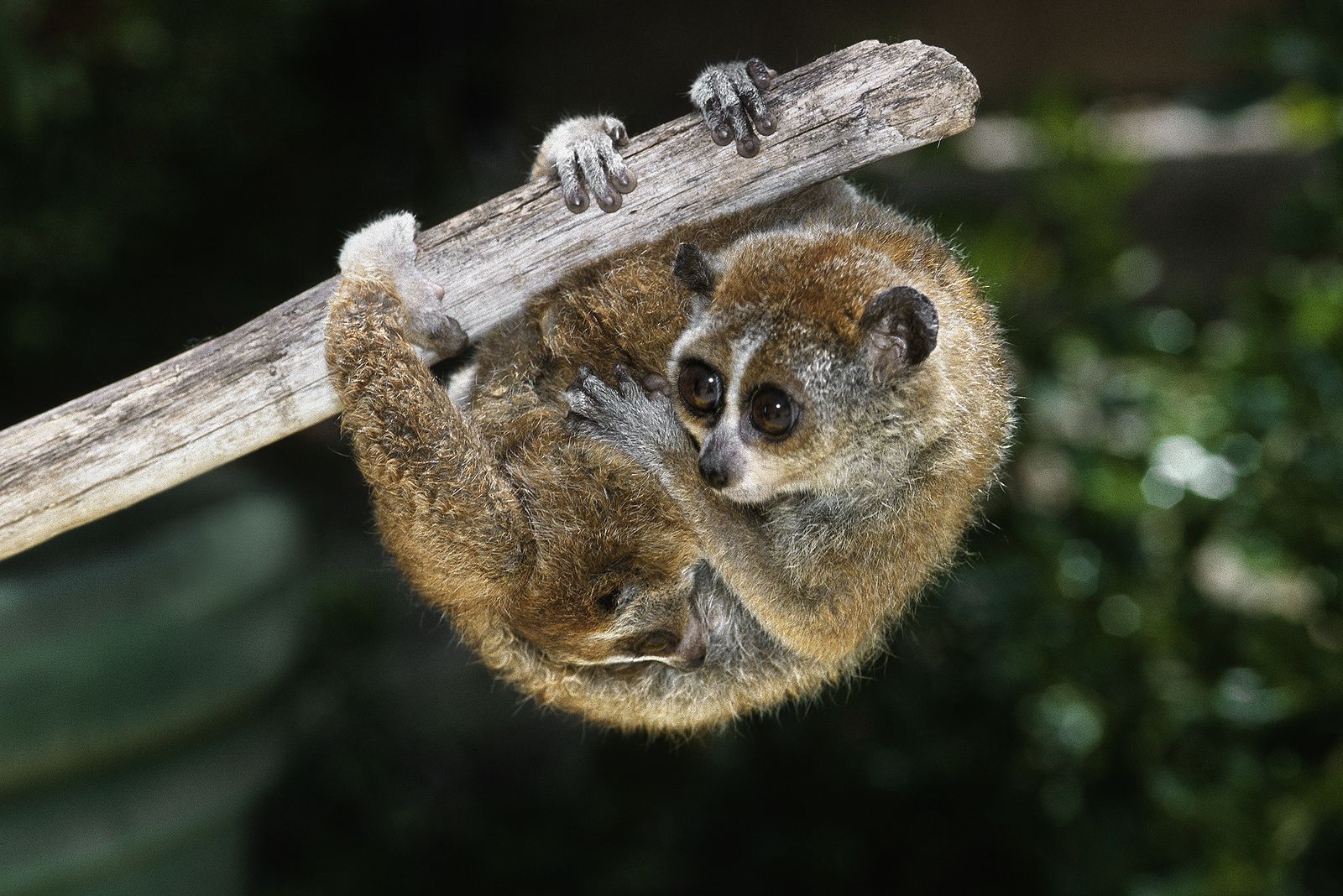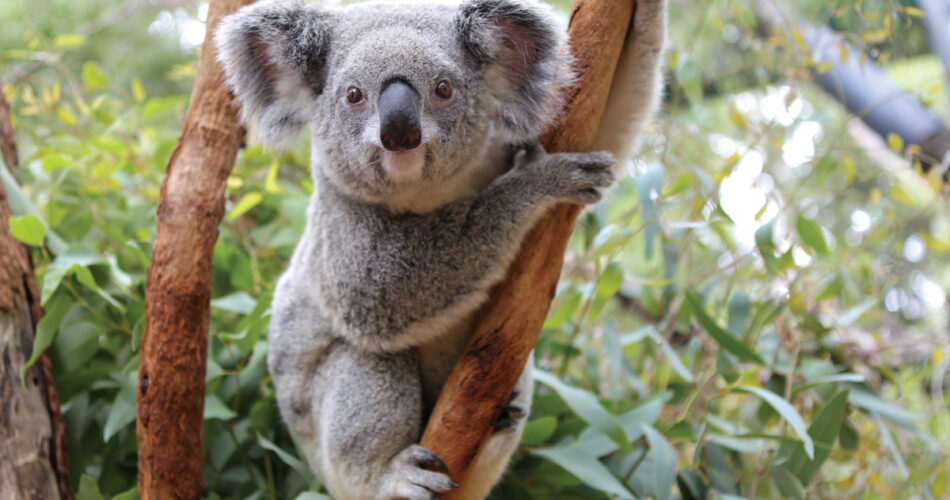If you believed that only humans were capable of acting terribly dumb, as if there was a great gulf in their brains, you are sorely mistaken! Yes! There are some animals that aren’t very smart and do things that impact their survival ability. If you’re itching to know which animals make up the top 7 dumbest animals in the world list, then look no further because you’ve come to the right place!
Koala
The Koala, or sometimes incorrectly called a koala bear, is a forest-dwelling, plant-eating mammal native to Australia. The brain-to-body ratio of a Koala is the smallest among animals. In Australia, you’ll find these adorable creatures. Koalas’ main meal, low-nutrient eucalyptus leaves, requires the development of four stomachs in the animals. Furthermore, they have no idea about health care. Koalas are thought to be infected with chlamydia in the ninetieth percentile. They may even starve to death if they are unable to identify their own food earning themselves a spot on the top 10 dumbest animals in the world list.
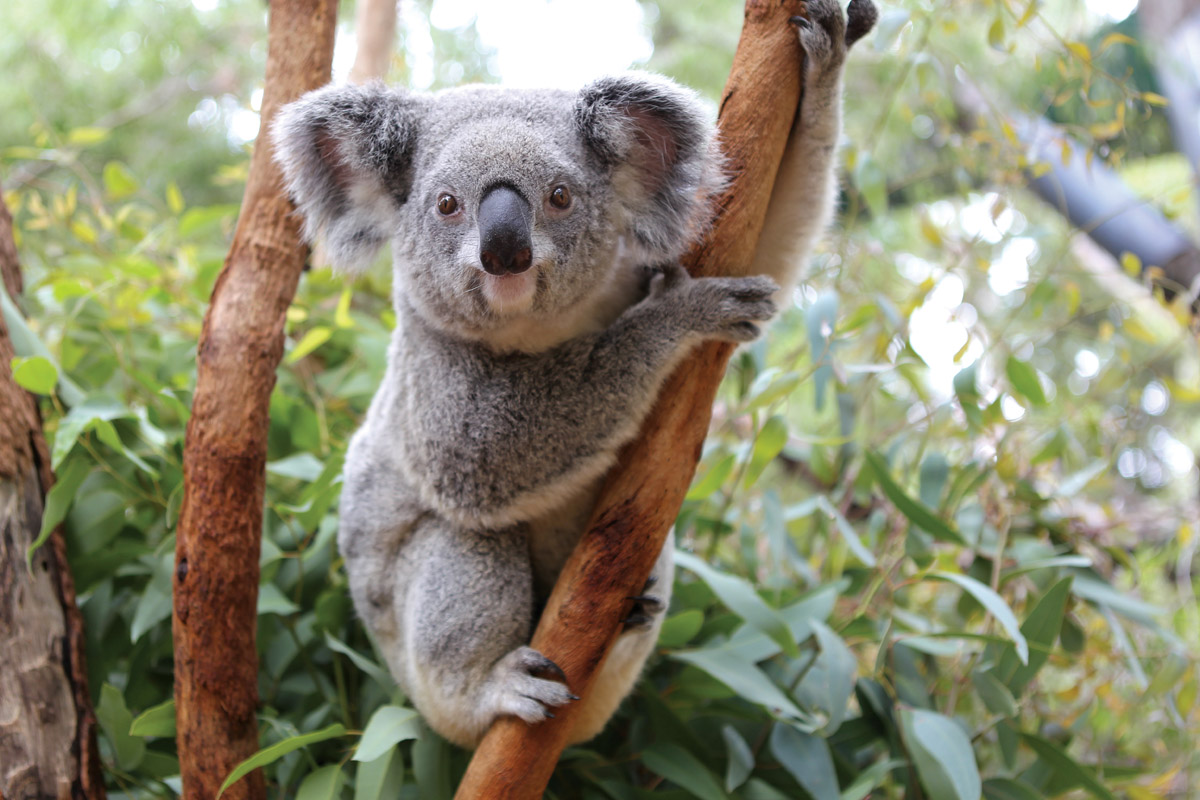
Panda Bear
One of the world’s rarest bear species is the giant panda. Ailuropoda melanoleuca, often known as the panda bear or simply the panda. It has a vivid black-and-white coat and a hefty frame, making it a distinctive species. The giant panda is a folivore, consuming over 99% of its food in the form of bamboo shoots and leaves. Pandas may also eat various grasses, wild tubers, or even meat in the manner of birds, rodents, or carrion when the need arises in the natural world. Some zoos might feed them natural ingredients, as well as food that has been made.
They’re adorable, to say the least. They are, nevertheless, incredibly dumb. Even though pandas are carnivores, they prefer to eat plants instead of other animals. Pandas, on the other hand, are among the world’s least romantic creatures. Unless we take action, they will become extinct. They are already an endangered species. In addition, pandas have a poor record of raising and caring for their young. Female pandas have been known to kill their young because they are so fed up with them.

Flamingo
There is something endearing about Flamingos. They have two legs, but prefer to use only one of them most of the time. Only one of their legs is used as a resting place. It is also an example of their foolishness because they try to catch fish with their beaks flipped upside down in the water.
The reason for this fishing technique is unclear, but the act itself lends itself to classifying these birds as one of the top 7 dumbest animals in the world. Flamingos are a favourite subject for the people of the Bahamas, and they frequently represented them in their work.

Ostrich
Ostriches are one of the largest, flightless birds in the world today. Other birds that cannot fly are emus and kiwis. Ostriches are typically found in Africa, roaming in flocks of up to 50 birds. Ostriches can weigh up to 320 lb (145kg). It’s small wings and sheer weight make flying impossible.
Where they cannot fly, ostriches make up for travel by running. Ostriches can sprint up to 43mph (70km/h) and can run at a constant speed of 31 mph (50km/h). When ostriches cannot outrun their predator, they use their powerful legs to kick at the predator. Despite being on the list of top 10 dumbest animals in the world, ostriches do not stick their heads in the ground to render them ‘invisible’ as popular belief has it.
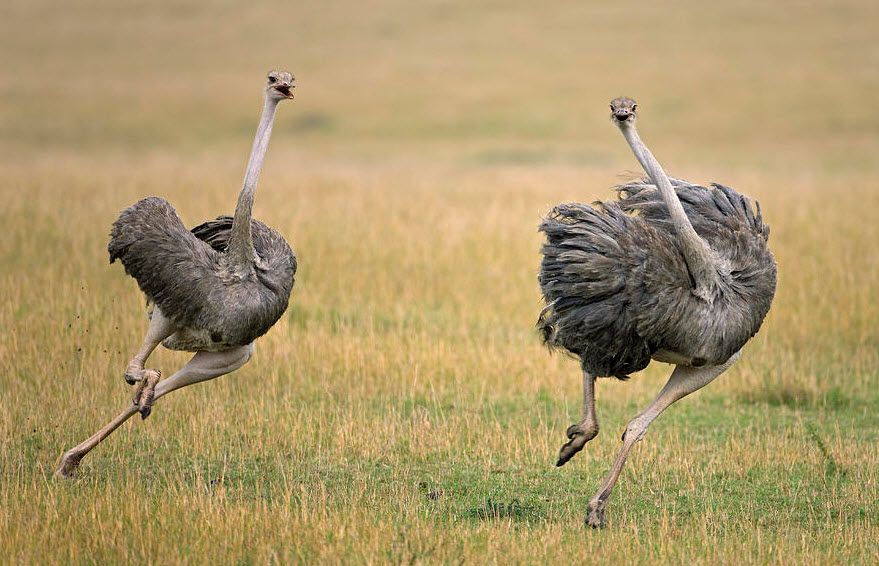
Jerboa
This family of desert rats, known as Dipodidae, is found throughout North Africa and Asia. Most of their habitat is in dry, scorching deserts. Jerboas can run up to 15mph (24 km/h) when pursued. Jerboas, in general, have good hearing, which they use to stay safe from predators who hunt at night. A jerboa’s average lifespan is six years. To avoid predators, Jerboas use their bipedal locomotion to jump, skip, and run, all of which are characterised by rapid and unpredictable changes in speed and direction.
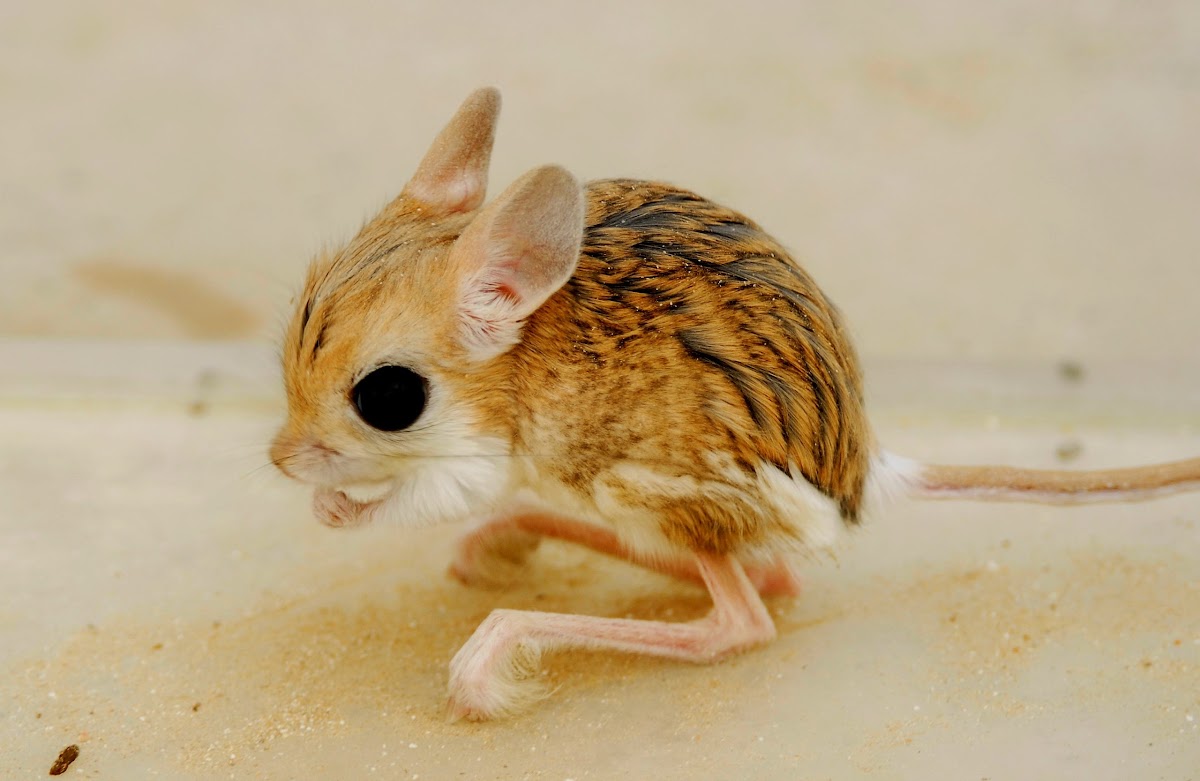
Cane toad
Cane toads, Bufo marinus (Rhinella marina), have a poor reputation in Australia because they are strong, heavy-built amphibians. These toads are an invasive species in Australia, decimating the country’s fragile ecosystems and unique biodiversity in the process. Toads are as dumb as they can be, and cane toads are no exception.
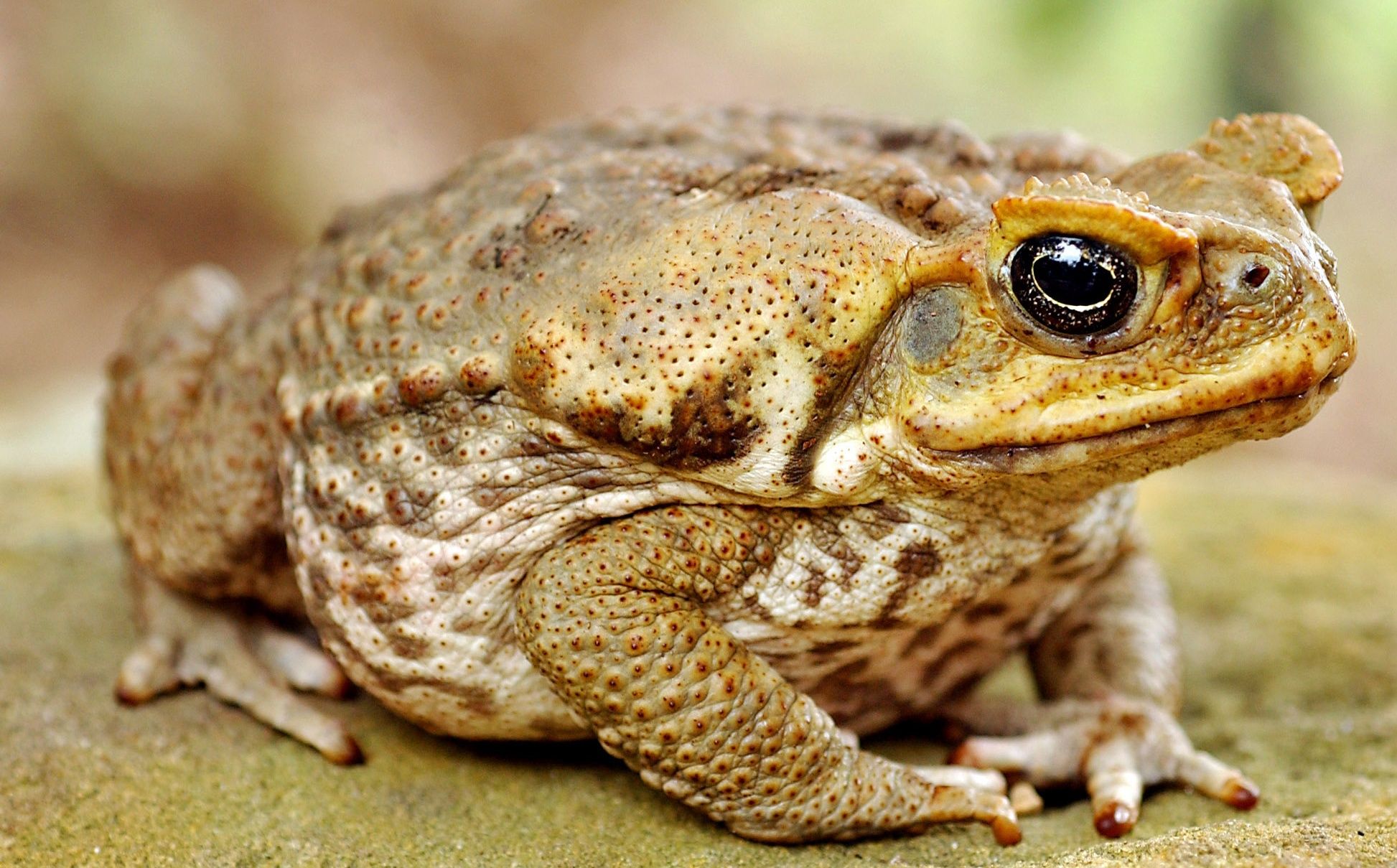
Slow loris
Slow Lorises tend to spend most of the night foraging alone, but little is known about their social structure. During the day, sluggish lorises normally sleep alone, but this does happen on occasion. Adults’ home ranges may overlap greatly, and males’ tend to be greater than females’. Slow lorises are known as ‘malu malu’, or ‘shy one’, in Indonesia because they freeze and hide their faces when approached.
